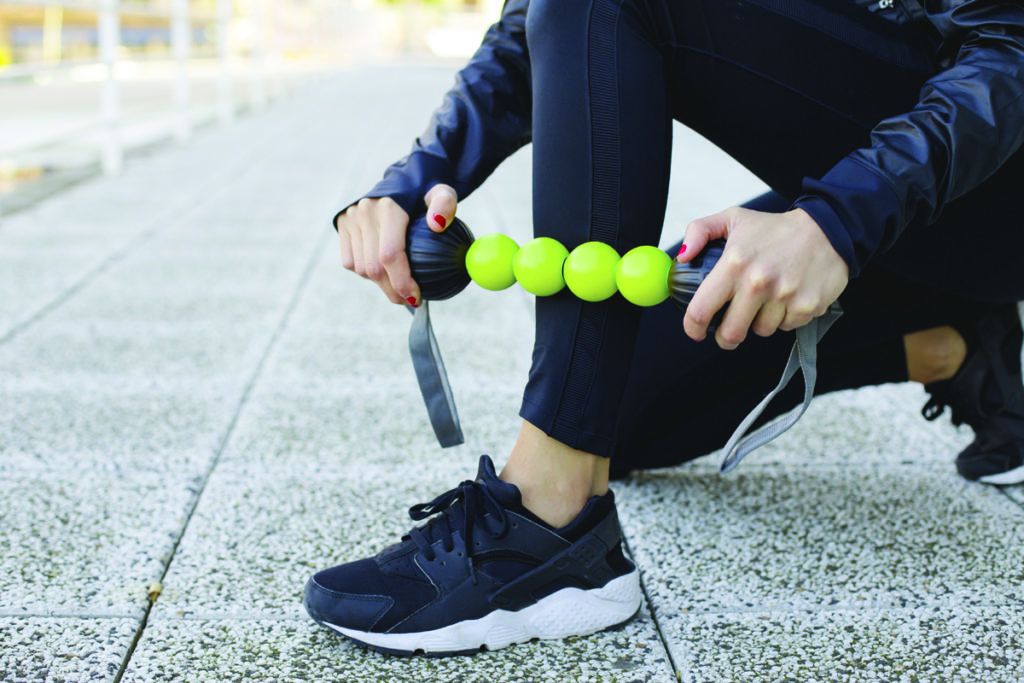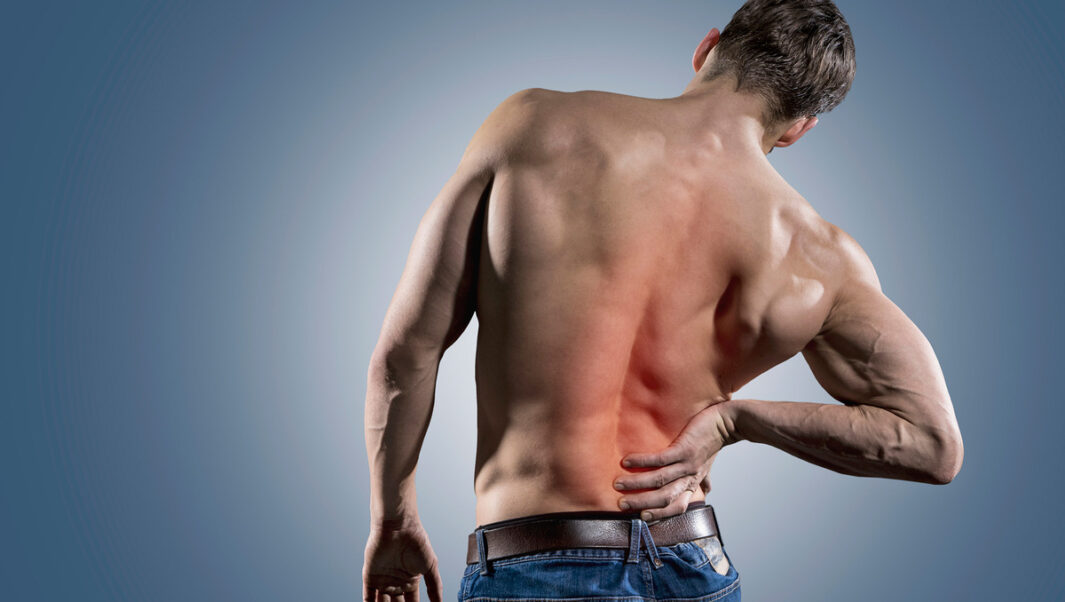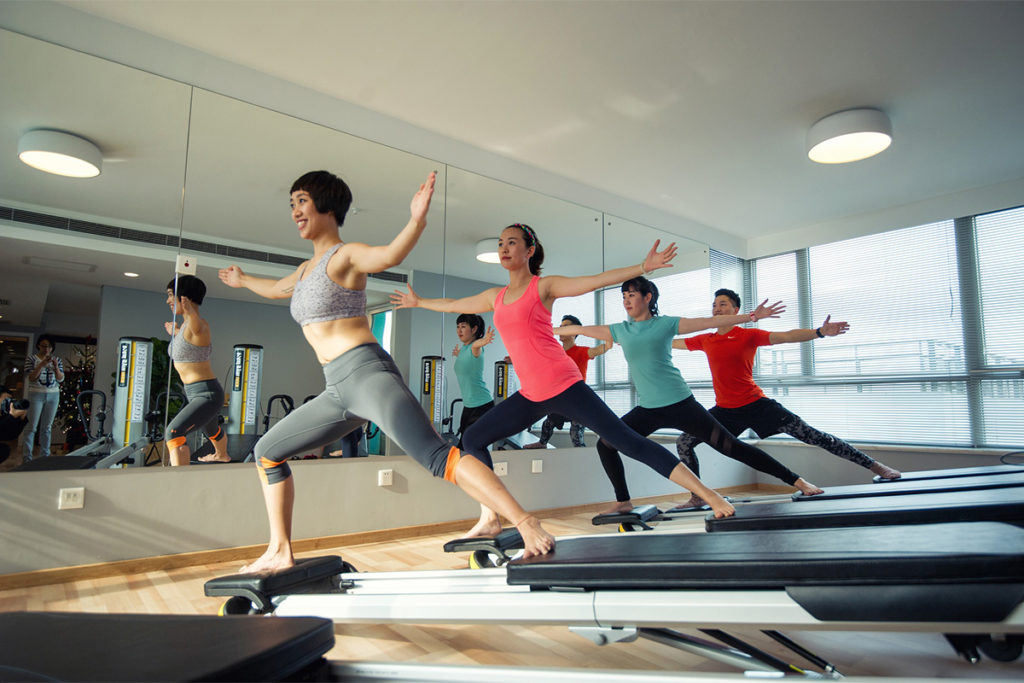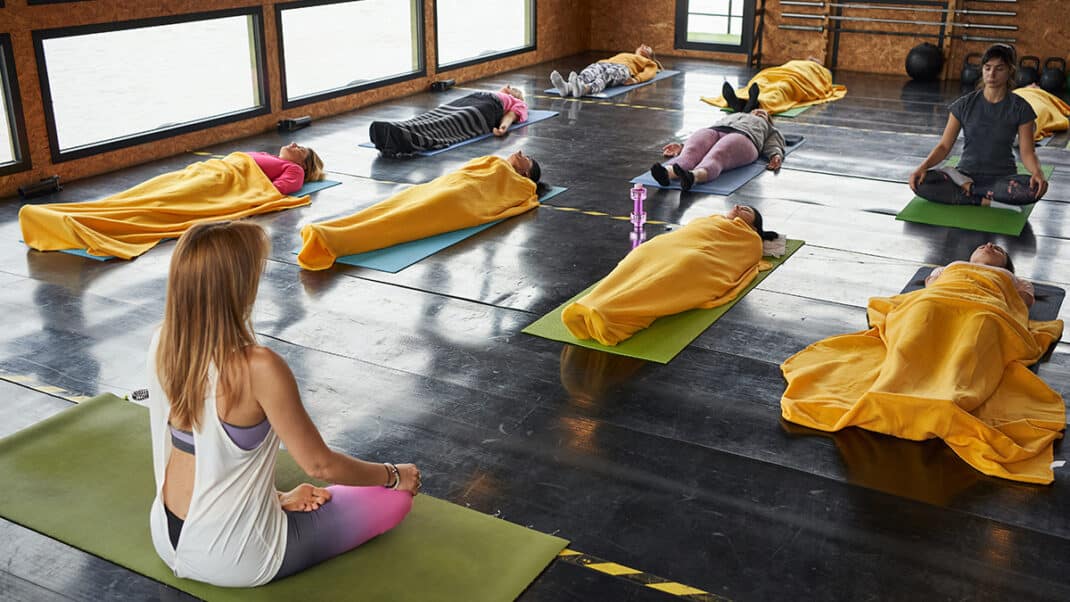How to Evaluate and Purchase Quality Home Fitness Equipment
The good news is, today’s home fitness equipment is better constructed and more effective—and offers you more options—than ever before. With choice, however, can come confusion . . . especially since home fitness equipment now comes in so many shapes, sizes and types, and is often marketed through glossy direct mail packages and sophisticated infomercials. Prices can range from $50 to $5,000 and up.
How can you possibly sort out all this information? Our panel of top international fitness experts offers you these tips on how to evaluate and choose the best home fitness equipment.
STEP ONE—Determine Your Goals
Are you trying to lose weight? Do you want to get stronger or both? Knowing your goals in advance will help you make sure the home fitness equipment you buy will set you up for success, not disappointment. Determining your goal will narrow your search to far fewer options.
STEP TWO—Don’t Forget About You
What activities do you enjoy most? Which don’t you like? If you avoid taking stairs at all costs, you probably will not like working out on a stairclimber/stepper—decreasing the chances you will use it regularly. If you love to take brisk walks, a treadmill will give you a similar experience any time of day or night, in any type of weather. The more you enjoy the activity your home fitness equipment provides, the more often you will use it.
STEP THREE—Set Your Fitness Equipment Budget
How much do you have to spend? If you love that fancy, programmable $2,500 stairclimber at the gym, the $199 blue light special will probably prove a huge disappointment—but a basic, quality $600-800 model might work great. A good strategy is to spend most of your budget on one solid aerobic training piece, say a high-quality treadmill, then build around it with inexpensive strength training equipment such as tubing and dumbbells.
STEP FOUR—Try The Fitness Equipment Before You Buy It
All our experts concurred on this point. An infomercial or brochure may make a product sound great, but nothing takes the place of a personal, hands-on “test drive” before choosing fitness equipment. Wear appropriate clothing and shoes and use the fitness equipment precisely as you will at home. Evaluate how well the home fitness equipment is constructed; how well it functions; and if the motions or exercises you perform feel natural and comfortable. Keep in mind that a store specializing in fitness equipment will probably offer better advice and service than a department store. Even if you do not buy from a specialty retailer, it is an excellent place to start.
STEP FIVE—Decide on The Fitness Equipment Features and Functions
From televised displays to digital readouts, much of today’s home fitness equipment incorporates an amazing amount of high technology. However, these “bells and whistles” often come at a price.
Ask yourself if timers, heart rate monitors, calories-burned displays and the like will motivate you. If so, and you can afford them, great. If not, rest assured that a basic, good-quality piece will provide just as effective a workout. And you can often duplicate many features by using kitchen timers, keeping an exercise log with handwritten entries, even learning how to take your own pulse.
Other considerations include a reading rack, ease of adjusting variables such as tension, resistance and seat height, water bottle holders, and whether it folds up.
STEP SIX—Ask Questions!
Ask about warranties, return policies, satisfaction guarantees, frequency and cost of repairs. In most cases, a reputable dealer will let you to try out your new fitness equipment at home for a specified time period, say, 30 days, and allow you to return it for a full refund or merchandise credit. The dealer should take care of pick-up, delivery and set-up.
Also, be sure to talk to the dealer about repairs and maintenance—they should have a trained technician on staff or on a consultant basis to handle repairs and maintenance. Most product warranties cover manufacturing defects and labor charges for at least one year. You won’t enjoy the same service when buying direct by TV, direct mail or Internet!
STEP SEVEN—Using And Storing Your New Home Fitness Equipment
Many people anxiously await delivery of their new stationary bicycle or home gym—only to find it does not fit in the space they had planned to put it! Measure the actual footprint of your new home fitness equipment, and consider ventilation, electrical outlets, and noise problems for neighbors, even storage. Plus, consider placing a rubber mat under the fitness equipment to reduce noise and absorb sweat and grease.
STEP EIGHT—Talk To A Pro Who Knows
Our experts also strongly recommended consulting a qualified fitness professional in your area, such as an IDEA Member group exercise instructor or personal fitness trainer, for guidance. Plus, many specialized fitness equipment dealers now offer a complimentary personal training session with your purchase—call various stores in your area to see if any offer such a program, or can recommend a certified personal fitness trainer nearby.
You will benefit from the IDEA Member’s commitment to continuing education and professional standards two ways. First, he or she will help you during the evaluation process, asking questions you may have missed and giving you insights into details and features. Second, and perhaps most important, you will be shown how to use the home fitness equipment correctly. This will ensure your workouts are safe and will give you the results you are looking for.
For the name and telephone number of an IDEA Member in your community, call IDEA toll-free at (800) 999-4332, ext. 7. Outside the U.S. and Canada, dial (619) 535-8979, ext. 7.
Fitness Equipment Categories
Aerobic Fitness Equipment
Stationary bicycles work the legs through the pedaling motion of a bicycle. Some models are used sitting upright, others recumbent (seated).
Treadmills let you walk or run at varying speeds. Some models simulate inclines of various degrees, and many incorporate timers.
Nordic ski machines simulate the motion of cross-country (also called Nordic) skiing and exercises the legs and arms simultaneously.
Stairsteppers/climbers duplicate the motion of climbing up a flight of stairs. Some add upper- body exercise by simulating a pull-up climbing motion with the arms.
Elliptical trainers are sort of a cross between a ski machine and a stairstepper, and put your legs and feet through a circular, up-and-down motion.
Rowing machines work the back, arms and legs.
Aerobic riders exercise the arms and legs simultaneously through a push/pull motion.
Strength Training Fitness Equipment
Free weights, sometimes called “barbells” or “dumbbells,” are among the most common forms of home exercise equipment.
Multi-station machines, also known as “home gyms,” typically use resistance created by either rubber resistance or cables attached to plated weights or flexible poles.
Bands and tubing are lightweight ways to strength train at your home, office or while on the road.
Miscellaneous Fitness Equipment
Heart rate monitors provide motivation, feedback and help you monitor exercise intensity.
Exercise or stability balls have proven very effective for balance and flexibility training.
Fitness Equipment based on the patents of exercise pioneer Joseph Pilates produces both strength and flexibility benefits.
Advice From Top Fitness Experts
“Consider the manufacturer’s claims carefully. Does the exercise improve strength or cardiovascular endurance? If it is promoted as doing both, there is a dilemma, since it is hard to achieve two ends of a continuum at the same time. Effective strength training takes high-intensity and short duration, while cardiovascular endurance requires low to moderate intensity and longer duration. Most machines do one or the other well, but not both.”
—Wayne Westcott, Ph.D, strength training consultant to the national YMCA, IDEA Lifetime Achievement Award recipient and author of several books on strength training.
“Very often, you get what you pay for. The key is to buy at least one quality piece of home fitness equipment, which you can supplement with less expensive items if your budget is limited. Investing in quality fitness equipment that meets your goals protects your most important investment: your health.”
—Gregory Florez, IDEA Presenter and chief executive officer of First Fitness, Inc.
“Two of the major pitfalls I see clients falling into are one, not spending enough money to get quality; and two, buying something new and different on impulse without trying it out first to see how well it works.”
—Angela Renee Settle, IDEA Presenter and president of Settle for the Best, Inc., a fitness consulting firm.
IDEA Advisory Panel
IDEA would like to thank the following industry experts for their assistance in developing this information.
Gregory Florez
Daniel Kosich, Ph.D
Angela Renee Settle
Dixie Stanforth, MS
Wayne Westcott, Ph.D
This information furnished as a consumer education service of IDEA, the Health & Fitness Source, as part of our mission to “Make Fitness Happen” worldwide.





